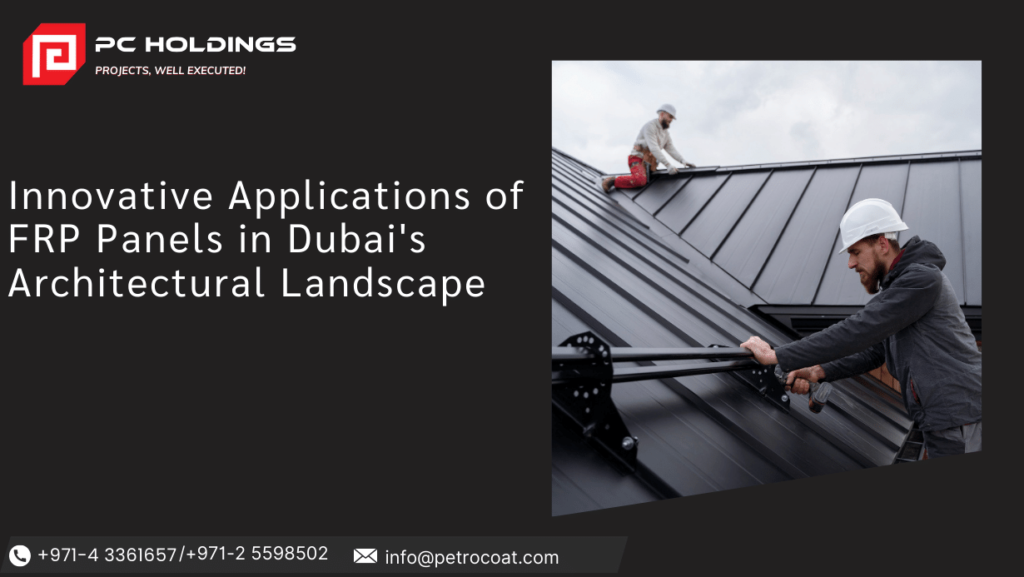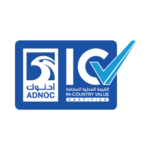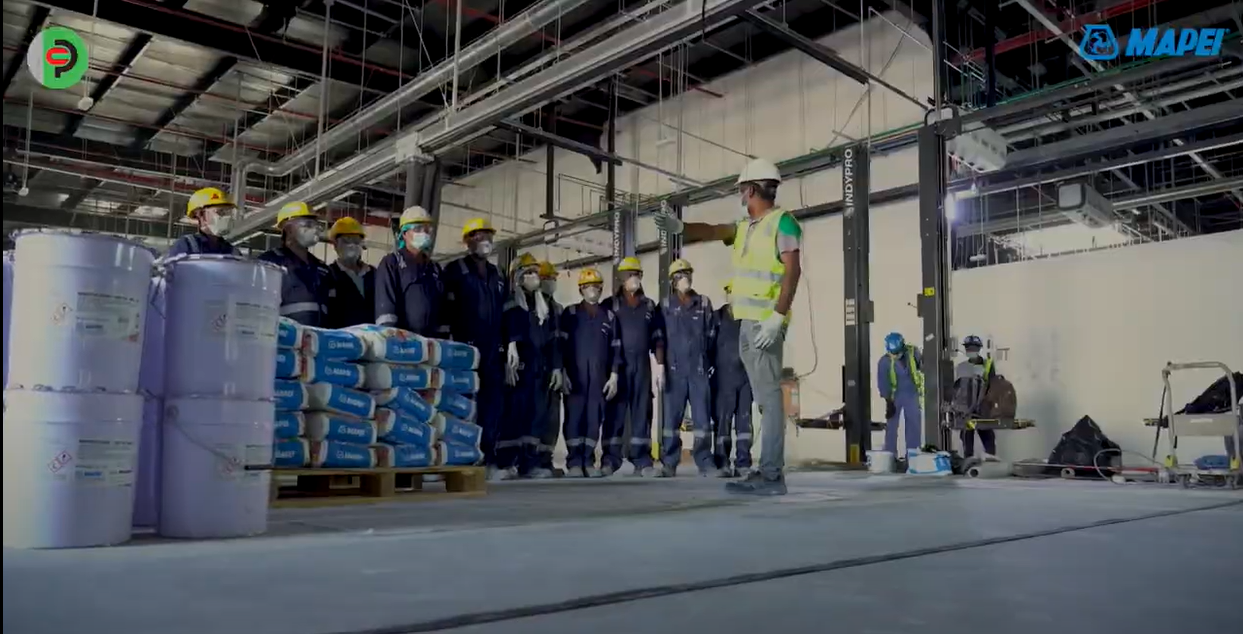
Introduction:
Dubai, recognized for its modern cityscape and experimental architecture, continues to expand the building industry’s boundaries of innovation. The use of fiberglass polymer (FRP) panels in architectural design is one of the fundamental aspects driving this evolution. These lightweight, resilient, and versatile materials have provided architects and designers with new possibilities to shape the city’s landscape in previously imagined ways.
Innovations Applications of FRP Panels
Skyscrapers that are environmentally friendly:
The expanding number of eco-friendly structures dominating Dubai’s skyline reflects the city’s dedication to sustainability. Innovations Applications of FRP Panels, composed of reinforced fibers and polymers, help to build energy-efficient constructions. The panels provide good thermal insulation, which reduces the need for excessive heating or cooling, lowering energy consumption and boosting sustainability.
Iconic Exteriors:
The Innovations Applications of FRP Panels in building façades add to the particular aesthetic appeal of Dubai’s architecture. These panels may be molded into a variety of shapes, colors, and textures, giving builders virtually limitless options for creating visually beautiful exteriors. FRP panels enable the implementation of the most ambitious design concepts, from sparkling glass-like finishes to textured surfaces that replicate natural materials.
Infrastructure that is resistant to weather:
Traditional building materials have issues due to Dubai’s harsh weather conditions, which include searing temperatures and periodic sandstorms. Innovations Applications of FRP Panels, on the other hand, are well-known for their remarkable weather resistance. These panels can survive tough environmental conditions, ensuring the structure’s endurance and durability. FRP’s low maintenance requirements make it a cost-effective alternative for Dubai’s harsh climate.
Curved Skylines:
The use of FRP panels has transformed the way architects approach building design, permitting the creation of beautiful curved buildings that reinvent Dubai’s skyline. These flexible panels may be readily created and shaped into complicated curves and organic forms, giving the urban environment a futuristic feel. Architects are enjoying the freedom that FRP panels allow in constructing the buildings of tomorrow, from sleek curves to daring twists.
Interior Style:
While FRP panels have a huge impact on building exteriors, their influence also extends to interior areas. Because of its lightweight nature, FRP is a popular material for designing modern and visually beautiful interiors. FRP is improving the interior design of Dubai’s business and residential spaces, from decorative wall panels to functional walls.
Construction at a Low Cost:
FRP Panels in Dubai help with cost-effective construction in addition to their aesthetic and functional benefits. Their modest weight decreases the load on the structural components of the building, resulting in fewer foundation and support needs. This not only reduces construction costs but also speeds up the construction process, making FRP a viable option for Dubai’s fast-paced construction industry.
Conclusion
As Dubai aims for architectural quality, creative uses of FRP panels in Dubai play an important part in sculpting the city’s future cityscape. From ecological methods to futuristic designs, these panels have come to represent the town’s dedication to pushing past the limits of what is possible in the building. As architects and designers accept the many applications of FRP, Dubai’s physical landscape will stay at the cutting edge of global innovation.






